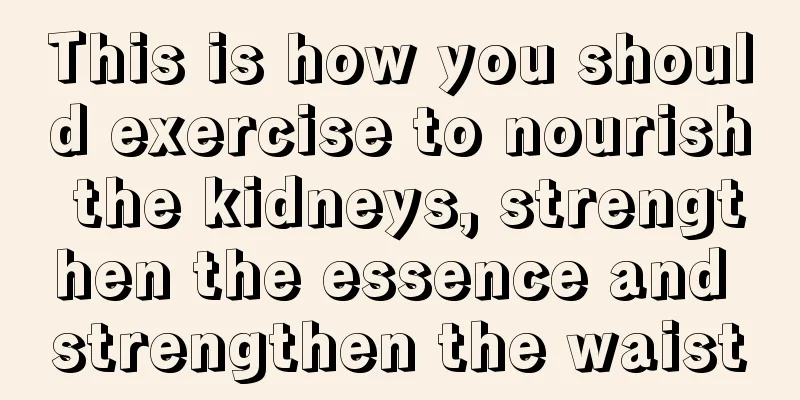What are the ways to relieve muscle soreness from exercise?

|
Many friends who don’t exercise much will experience obvious local muscle pain after a lot of exercise. In fact, this has a lot to do with the metabolism of our muscles. All our exercises need to rely on muscle contraction to complete, so we need to decompose energy at this time. So, what is the way to relieve muscle soreness from exercise? Most methods of relieving muscle soreness include stretching and lengthening the muscles. This may be because when the muscles are stretched, the Golgi tendon organs of the muscles are stimulated, causing them to inhibit impulses. From a central perspective, stretching the muscles can change the excitability of the corresponding centers, and through the action of the negative stretch reflex it can block the spasms caused by excessive excitation of the muscle spindles, and improve the local tissue ischemia caused by spasms, thereby improving muscle blood flow and promoting the recovery of damaged tissues. It can also be seen from the electromyogram that stretching the sore muscles can gradually reduce their discharge and render them electrically quiet, indicating that static stretching can improve the excitability of sore muscles. Repeatedly stretching the muscles immediately after exercise until the muscles become sore is more effective in relieving muscle soreness. 1. Relax after exercise. After exercise, you can lie on a sponge pad or rattan mat to rest for a while. When lying flat, your feet should be placed slightly higher than your head, or at the same height as your head. Never lie on the steamy ground. After resting for a while, you can do headstand or wall handstand for 3-10 seconds. You can do it several times. This is good for blood flow back to the heart from the lower limbs. Then shake your limbs, first shaking and patting your thighs or upper arms, and then shaking your calves or forearms. 2. Massage after exercise is an important means to eliminate fatigue. The main massage techniques include shaking, acupressure, kneading, tapping, and pushing. The first step is to shake the limbs, mainly to relax the elbows, knee joints and muscle groups of the limbs; commonly used acupoints on the upper limbs include Pianli, Quchi, Shouwuli, Biyuexu, etc., which can relieve soreness and swelling in the arms and elbows, as well as various discomfort symptoms caused by exercise such as shoulder and arm pain, neck cramps, etc. Commonly used acupressure points for the lower limbs include Chengfu, Weiyang, Chengshan, Kunlun, Zusanli, etc., which can relieve symptoms such as pain in the lumbar, sacral, buttocks and thighs, leg and foot cramps, stiffness and pain in the waist and legs, stiff neck, low back pain, and soreness in the knees and shins. When kneading and tapping, massage the large muscles first and then the small muscles. After massaging one side, massage the other side. Through the introduction above, I believe that friends should have a detailed understanding of the methods to relieve muscle soreness. You must pay more attention to it in daily life, and try not to exercise too hard when exercising for the first time. After exercising, you must massage your legs more, which can also relax your muscles. |
<<: Why do muscles feel sore after exercise?
>>: How to relieve muscle soreness after exercise
Recommend
What are some exercises for the gluteus maximus?
The gluteus maximus refers to the muscle group in...
What are some ways to train thigh strength?
I believe that in our daily lives, we use our thi...
How do you practice yoga?
Yoga has really become a fashion now, especially ...
How long does it take to build chest muscles by doing push-ups?
Push-ups are a common form of exercise in real li...
How to exercise without growing muscles
Female friends can lose weight through aerobic ex...
What are some ways to exercise?
Exercising is not blind. Everyone should choose a...
What are the benefits of push-ups for boys?
Everyone has a love for beauty. Women pursue soft...
Benefits of aerobic exercise for muscle building
Nowadays, the physical fitness of our teenagers i...
Is squatting useful for reducing thigh fat?
Horse stance is a popular way to lose weight nowa...
The difference between squats and deep squats
Regular physical exercise can make our bodies hea...
How long is the appropriate time for jogging?
Jogging is a very good aerobic exercise that can ...
How to play football
How to play football is something that football b...
How to lose weight by skipping rope
When it comes to skipping rope to lose weight, I ...
How to exercise thigh muscles
In real life, everyone wants to have perfect body...
What are the fitness and health products for men?
In daily life, men usually use barbell lifting to...









